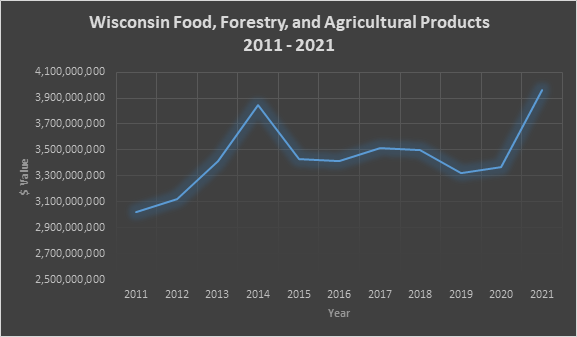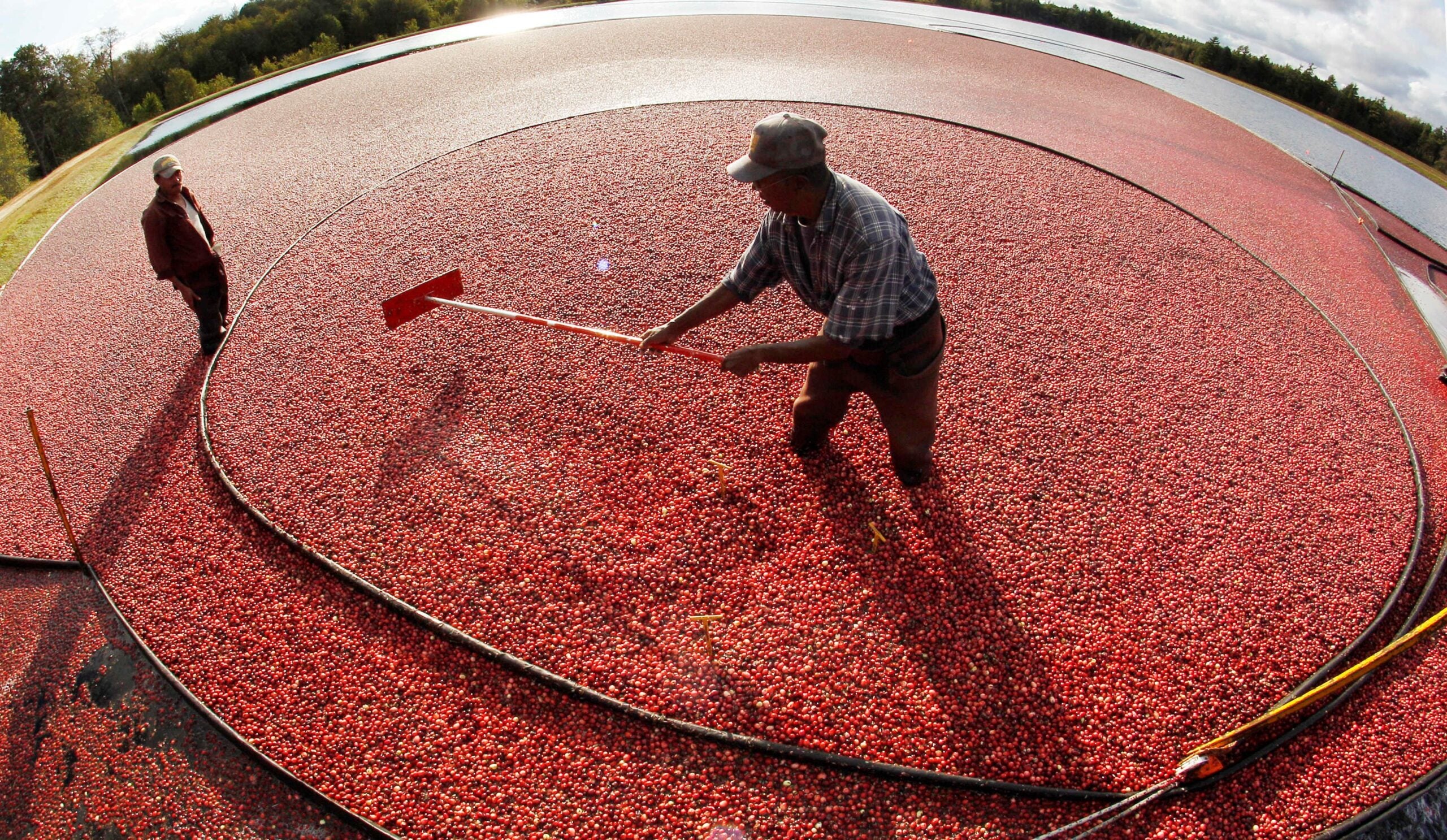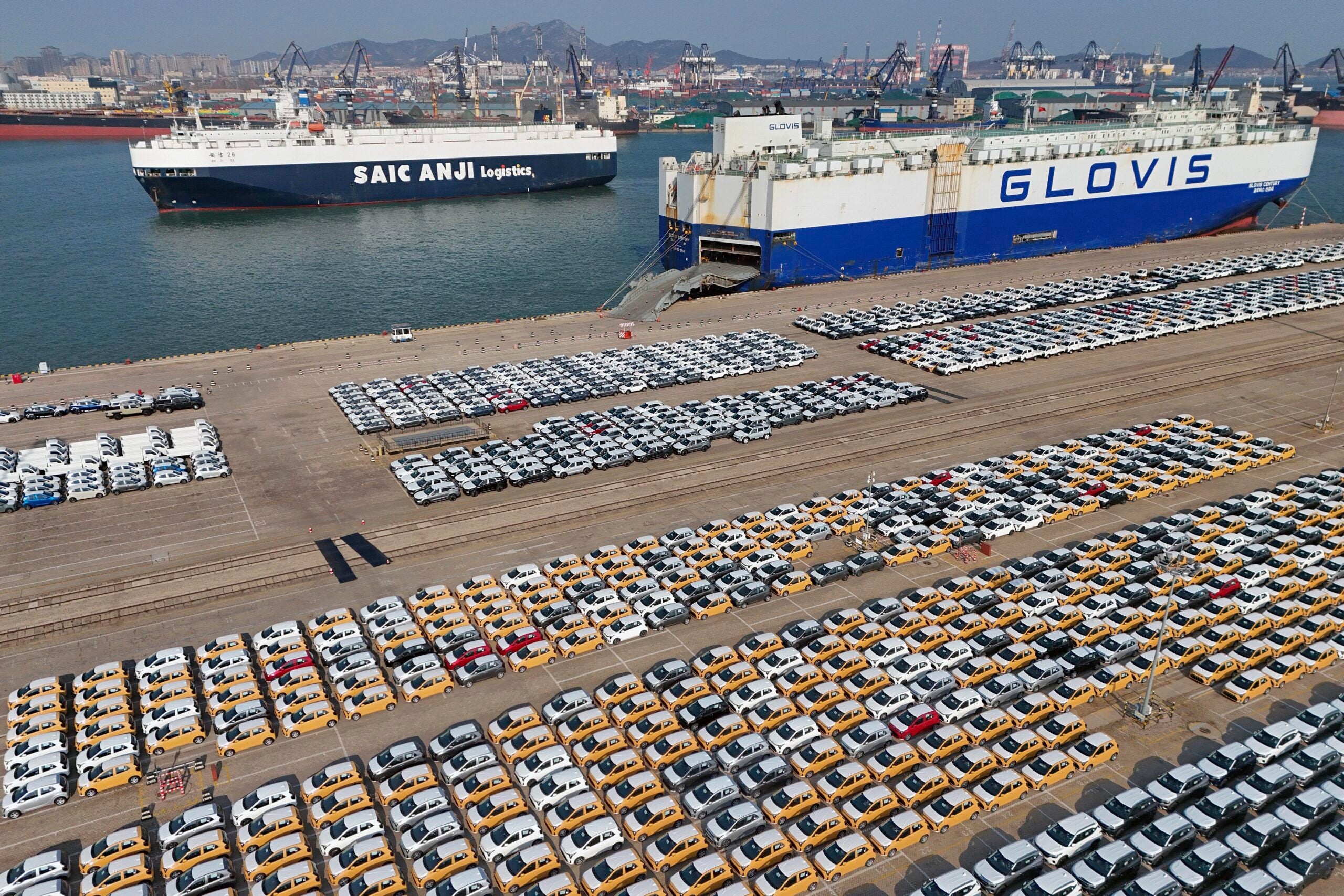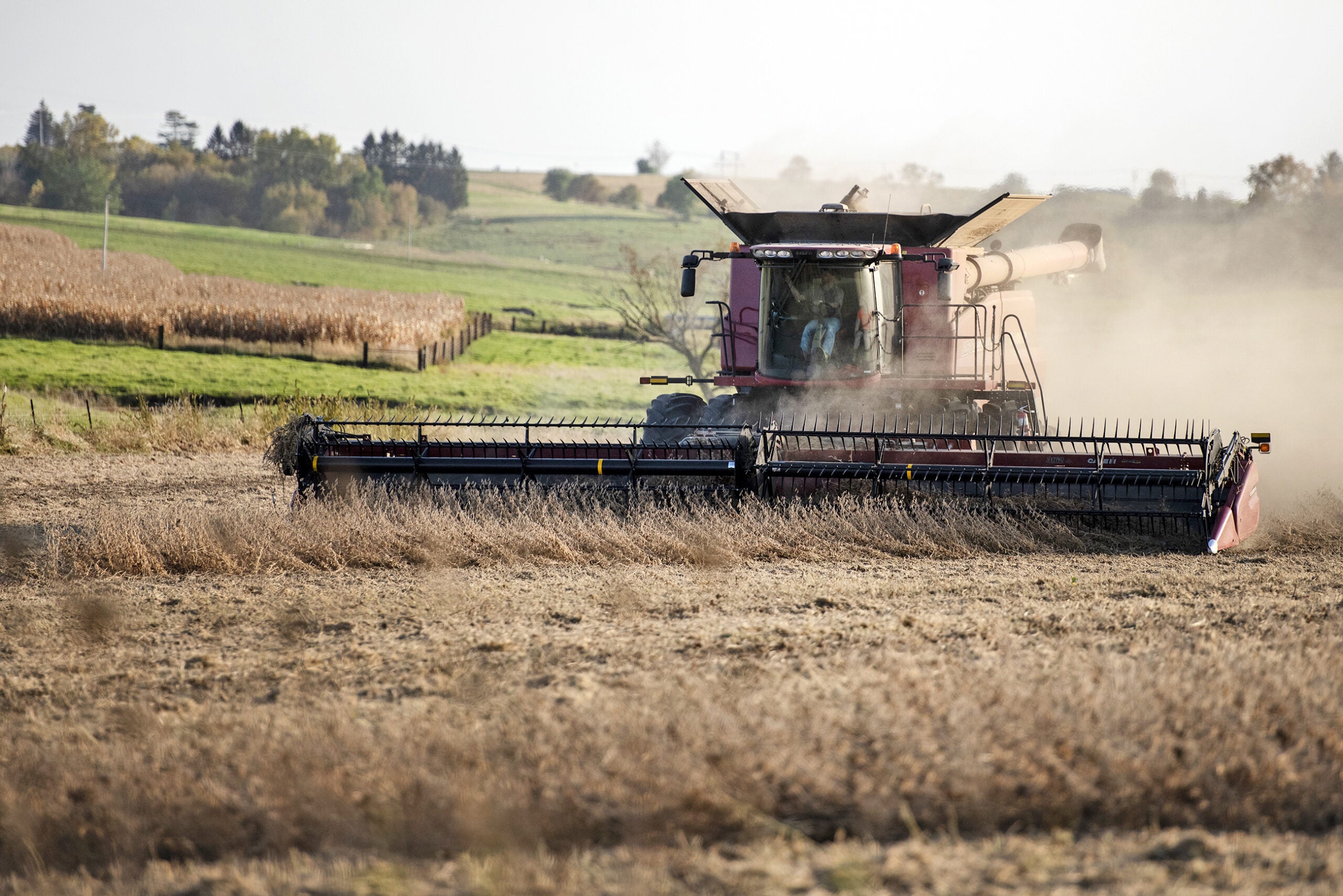Wisconsin hit a new record for agricultural exports in 2021, the state Department of Agriculture, Trade and Consumer Protection announced Monday. Experts said that signals a return to normalcy after the effects of retaliatory tariffs and the COVID-19 pandemic.
Randy Romanski, secretary of Wisconsin’s DATCP, said producers set a new all-time high of more than $3.96 billion in ag exports last year, surpassing the previous record of $3.85 billion from 2014.
The record-setting year comes after a 5 percent decline in exports in 2019 due to retaliatory tariffs put in place by several of Wisconsin’s top trading partners including Canada, Mexico, China and the European Union. The tariffs were a response to former President Donald Trump’s tariffs on imported steel and aluminum in 2018 and have slowly been removed in recent years.
Stay informed on the latest news
Sign up for WPR’s email newsletter.
“That had an impact on Wisconsin products, and we are rebuilding from that. But what I would say is, looking at 2021 numbers, we’ve rebuilt in a big way in a pretty big hurry,” Romanski said. “I think that speaks to the quality of Wisconsin products and the diversity of Wisconsin products. Clearly having some of those trade barriers removed is going to be a plus.”

Exports recovered slightly in 2020, increasing just over 1 percent from the previous year. But Steve Deller, ag economist for the University of Wisconsin-Madison, said 2021 is where trade largely returned to normal and even improved, with the year’s total coming in almost 18 percent higher than in 2020.
“Some of our trade patterns are coming back to where they were, and they’re coming back kind of strong, particularly with Mexico,” he said.
Deller said the Biden’s administration’s trade policies with Mexico have helped encourage the country to remove tariffs and increase imports of U.S. goods to near-record levels. And he said China’s struggles with African swine fever in 2021 also helped increase U.S. exports to that country.
Romanski said he thinks last year’s increase is also due to the world economy starting to recover from the negative effects of the COVID-19 pandemic and new appetite from countries for agricultural products.
But Deller said the annual total doesn’t mean there was a large jump in the amount of products exported. He said total value of exports for the year also relies on commodity prices, which were mostly higher in 2021 and were especially favorable for crops and meat producers.
All product categories of the state’s exports increased from 2020 levels, but crop products saw the biggest spike with a 20.4 percent in value. Romanski said part of the increase comes from strong corn and soybean prices last year, but Wisconsin’s specialty crops also play a role.
“Potatoes, vegetables, cranberries and ginseng — we have a really diverse portfolio of agricultural goods and commodities that have a place in the world marketplace,” Romanski said.
Exports of dairy products were up 14.6 percent and meat products increased 10.4 percent.
Romanski said 2021’s success is an example of the potential for Wisconsin producers to further increase exports. He said that work will be helped by funding from the most recent state budget, which he said is the first time the state has allocated money to DATCP’s International Agribusiness Center. The office previously relied on federal funding and support from trade organizations.
“(State funding) provides flexibility for us to promote all Wisconsin products all around the world when we go on a trade mission. We can target trade missions to certain places in the world now with these more flexible state dollars that we couldn’t do using a trade organization’s funding that was for a specific commodity,” Romanski said.
Deller said he expects 2022 to be another good year for ag exports, especially as pandemic-related restrictions continue to be lifted around the world. But he said it’s not likely that Wisconsin will see another spike in export growth, with increases expected to be closer to the one or two percent changes seen in previous years.
Wisconsin Public Radio, © Copyright 2025, Board of Regents of the University of Wisconsin System and Wisconsin Educational Communications Board.





